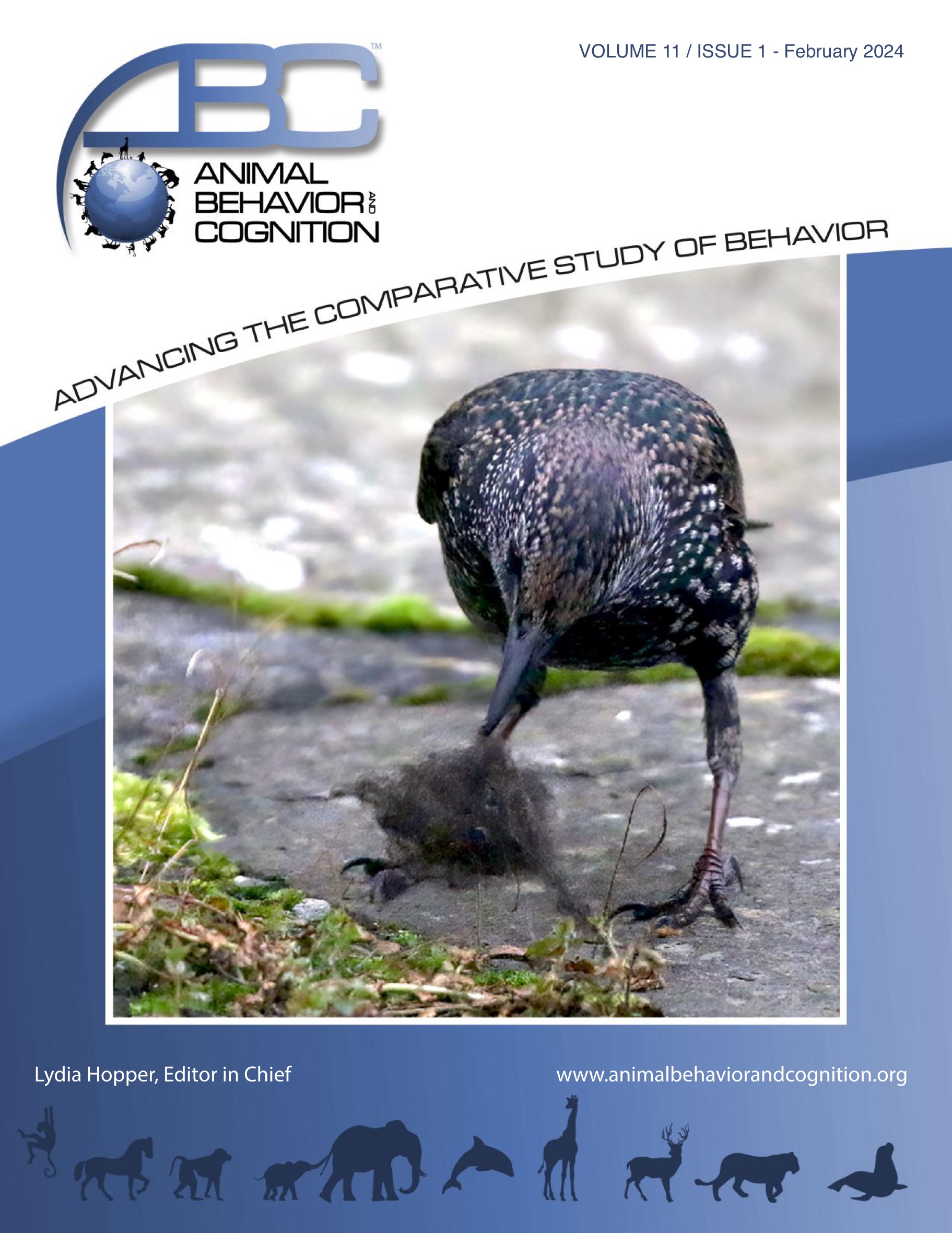Vol 11, Issue 1, February 2024
Variation in Predator Recognition Across Three Species of Jumping Spiders (Salticidae)
Citation
Plate, J., & Rößler, D. C. (2024). Variation in predator recognition across three species of jumping spiders (Salticidae). Animal Behavior and Cognition, 11(1), 50-60. https://doi.org/10.26451/abc.11.01.03.2024
Abstract
The ability to recognize threats and to respond in a timely and appropriate manner carries significant benefits. Depending on the recognition task, this can be cognitively demanding. The zebra jumping spider (Salticus scenicus) is capable of visually recognizing static predator stimuli and reacts via a robust “freeze and retreat,” a potentially innate response in this species. Here, we extend this finding, asking whether the ability of spiderlings to recognize a static predator and to initiate an escape response is common across juvenile salticids, and if so, whether there is species-specific variation of anti-predator responses. We found that captive-reared spiderlings of three European salticid species from different genera (Heliophanus cf. cupreus, Evarcha arcuata, Marpissa muscosa) were able to robustly recognize and retreat from a stationary predator stimulus. Additionally, we found differences in the reaction times between the species as well as different behavioral repertoires associated with the escape response which may reflect species-specific predator avoidance strategies.
Keywords
Anti-predator behavior, Escape, Recognition, Salticids
